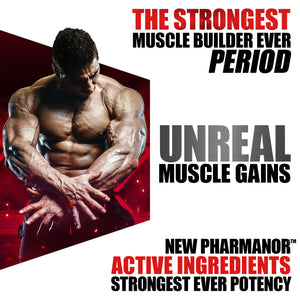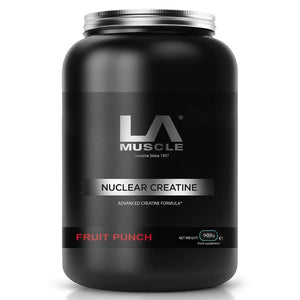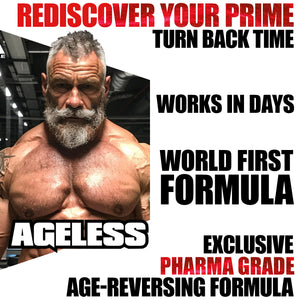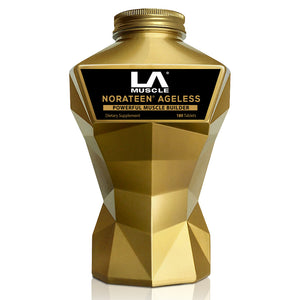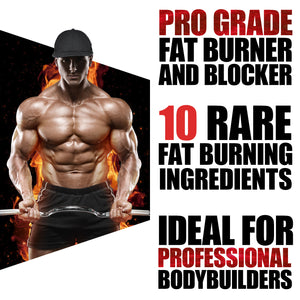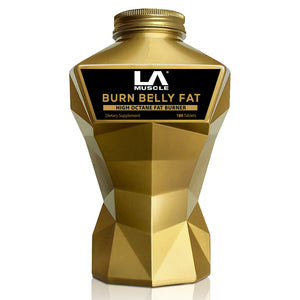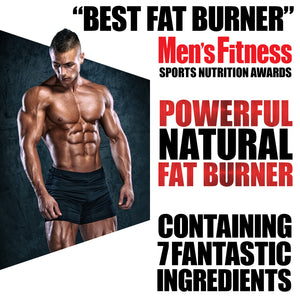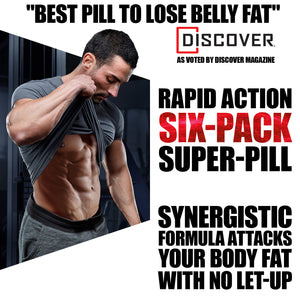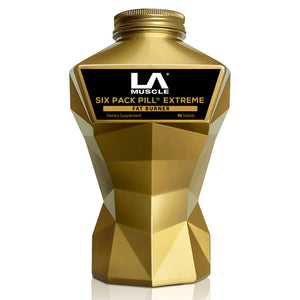
High-intensity interval training (HIIT) stormed onto the fitness scene and began its dogged takeover of the cardio universe. One study at a time, HIIT knocked steady-state cardio off its long-held throne, becoming the most relied-upon method for burning unwanted body fat in gyms everywhere.
But taking it to the max, as any HIIT workout requires, is serious business. When dialing up the intensity, it’s important to properly prepare for the fat-fighting agenda you’ve so brazenly mapped out and to perform it with the same purpose-driven enthusiasm you pour into your sets at the squat rack.
Much has been made about the effectiveness of intervals over traditional cardio, but there’s been less attention paid to the mechanics of HIIT. How much is too much? How do I gauge intensity? What work-to-rest ratio is most effective? For as much research as the lab coats have managed to drop in our lap, they’ve still left us with questions. Connecting the dots on HIIT will make it an even more efficient protocol for torching fat.
HIIT is a method of conditioning that uses alternating periods of work and rest. It’s great because it can be done by using various modalities, such as an Airdyne bike, a treadmill, a Concept2 rower, a heavy bag or by just hitting the pavement and sprinting. This type of training is not only being used by athletes to improve conditioning but also by trainers and their clients as one of the best methods for fat loss and conditioning. With our busy lifestyles, who has time to do 40–60 minutes of aerobic training? The scientific data now show that less is better when it comes to fat loss, you just have to know how to do it right.
HIIT is hard; and while we have no intention of making it easier, these insights can help make it much more effective.
1. KEEP THE ACTIVITY DIVERSE
HIIT really describes a protocol, a workout prescription more about application than exercise selection. Working in short, intense bursts of activity holds greater benefit than droning about at a slow pace doing anything else and that holds true whether you’re rowing, boxing, jumping rope, or swimming. Most of the research, however, has been done on sprinting, which, judging by treadmill row at rush hour, is the most relatable method of cardio for most gym-goers.
So while many of the same benefits can be had adding HIIT stylings to your next workout of choice, sprinting is a sure bet for max results.
Sprinting workouts aren’t effective just for fat loss but also for muscle growth. Elite sprinters are generally very muscular and lean because the conditions required for muscle growth are all present during sprinting; general overload, volume fatigue and high concentric contractions.
2. SET YOUR INTERVALS
So how long do you have to perform each high-intensity interval to reap the benefits? The most recent study, out of Australia, reported that a group of females who followed a 20-minute HIIT program consisting of eight-second sprints followed by 12 seconds of rest lost six times more body fat than a group that followed a 40-minute cardio program performed at a constant intensity of 60% of their max heart rate. That’s three eight-second sprints a minute for 20 minutes. Very intense, but at least it’s over quickly.
A 1996 study by Japanese scientist Izumi Tabata gave rise to the now ubiquitous 20-on, 10-off Tabata protocol, which boosted conditioning in elite athletes. And University of Western Ontario researchers found that subjects who did four to six 30-second sprints with four minutes’ rest after each lost twice the fat of a steady-state group. Simple logic applies that the shorter the rest periods, the more intense the workout is.
The only catch to all this intensity is that it’s hard on the body. You must change your workload frequently to avoid overtraining and burning out your central nervous system. Sprinting is very demanding on both the brain and the body, so proper rest is important to maximize performance and results. The longer you sprint, the longer you need to rest.
3. MANAGE YOUR WORKOUT VOLUME
No one can keep up a sprinter’s pace for very long periods of time, but intermittent bouts of recovery allow you to sprint multiple times in a given workout.
The hormonal effect of sprinting is so dramatic that you don’t need endless sprints to increase fat loss. The quality of sprints is much more important. HIIT requires great focus and energy demands. So if you’re able to perform at a high intensity for an extended period of time, much longer than 20 minutes then you may not be doing it right.
As to frequency, two to three days per week is best for improving body composition and heart health.
4. THINK: FOOD, FUEL & FAT
Research exists on the effectiveness of training with an empty stomach, but this comes with some caveats for HIIT. A study from Northumbria University showed that people can burn up to 20% more body fat by exercising in the morning on an empty stomach. However, I don’t think it’s optimal if you’re trying to preserve or build muscle tissue while burning body fat. To enhance the fat-burning and muscle-building effects of HIIT, consume 10 grams of BCAAs or 30–50 grams of whey protein 30–90 minutes before.
This will play into HIIT’s most cherished payoff, muscle preservation while still allowing you to dig into stored fat. But at all times, even in the presence of branched-chain amino acids, you’ll want to be properly fuelled for the work ahead, which may mean starting your prep well in advance.
The day before a HIIT or sprinting workout, it would also be wise to have a higher-carb day to store extra glycogen for more intense work. This is particularly important if you’re combining a sprint workout with weightlifting.
5. INCREASE YOUR SUPPS
If you’re dedicated to high-intensity interval training, then you’re all about performance. So it makes sense to power up with proper supplements, those that go beyond your typical fat burner to fuel that performance. If you’re in the middle of a 20-second sprint and you hit the wall 10 seconds in, you’re depriving yourself of those extra few seconds in high gear. Luckily, there’s a supp for that.
There’s no doubt that proper supplementation can help any type of exercise, but especially HIIT. When working out at a high intensity, it can be hard to sustain an intense output for long. Beta-alanine has been shown to enhance muscular endurance. Many people report being able to perform one or two additional reps in the gym when training in sets of 8–15 reps. It can also improve moderate to high-intensity cardiovascular exercise performance, like rowing and sprinting, and offer protection from exercise-induced lactic acid production.
But that’s not the only useful supplement. Creatine improves power output and is often used by athletes to increase high-intensity exercise capacity and lean body mass. Beta-alanine and creatine are must-haves for interval trainers, but the latter may be more vital.
Creatine is also helpful for replenishing the phosphagen, or ATP/CP, system during intense exercise. So if you’re feeling fatigued during a sprint workout, supplementing creatine can help you keep your pace high. If the phosphagen system gets enough creatine in it, you have a better chance of sustaining max exertion during sprints and recovering properly between them.
Both Beta-alanine and Creatine can be found in LA Muscle’s Possessed II




